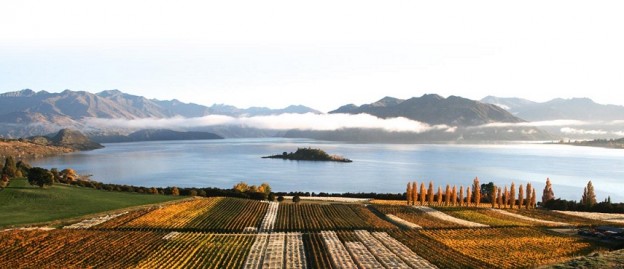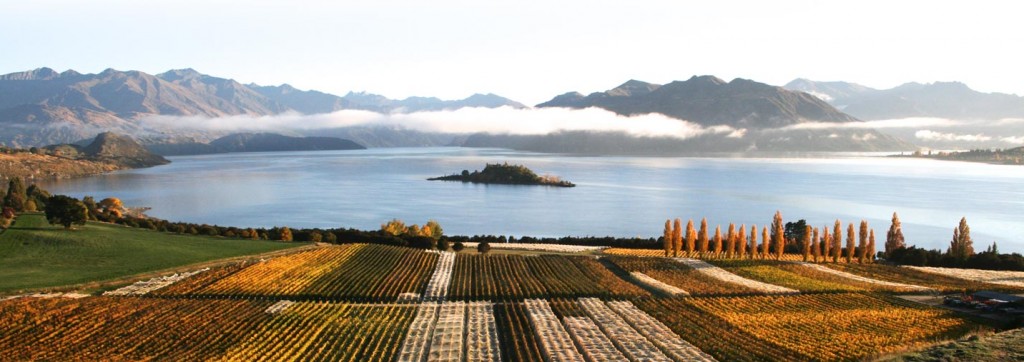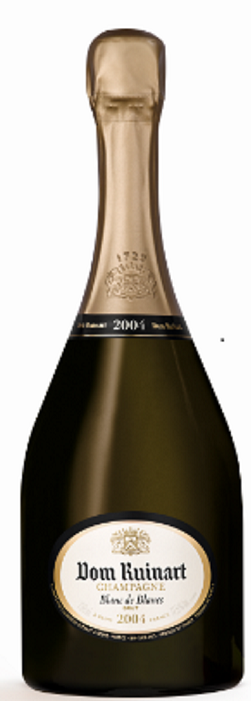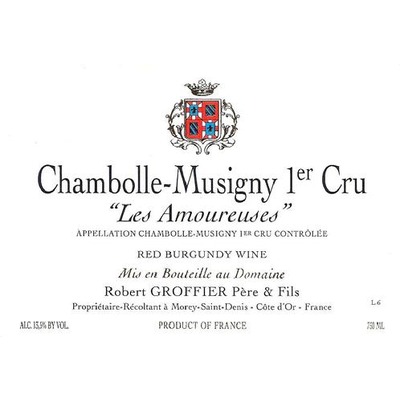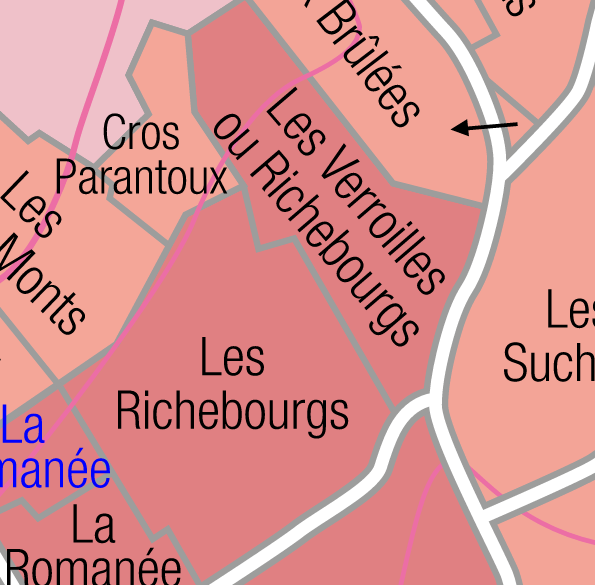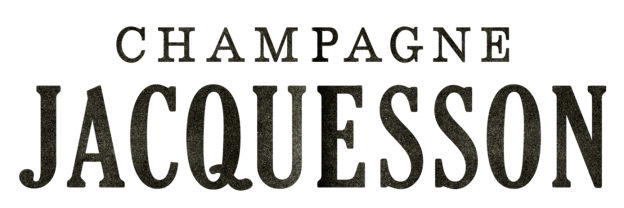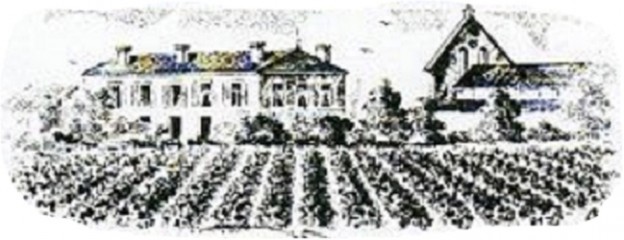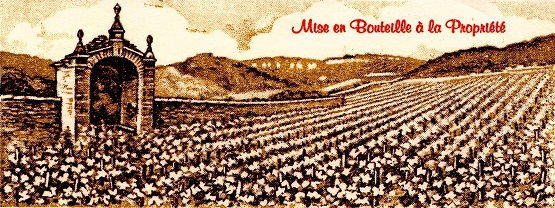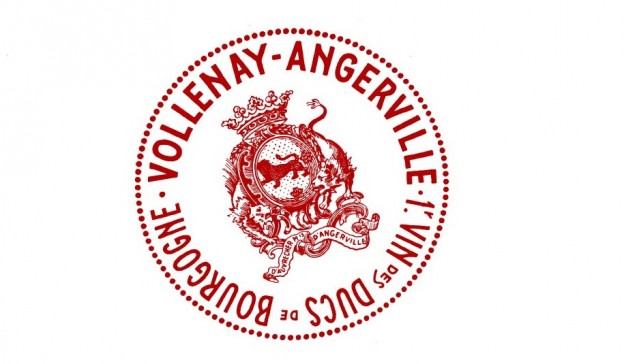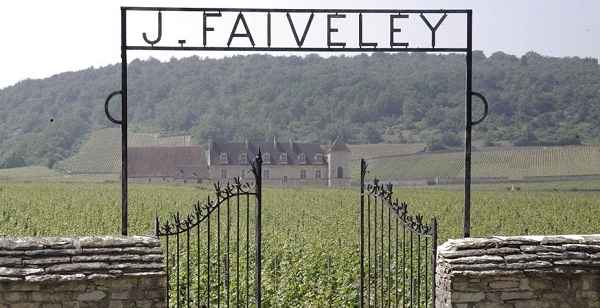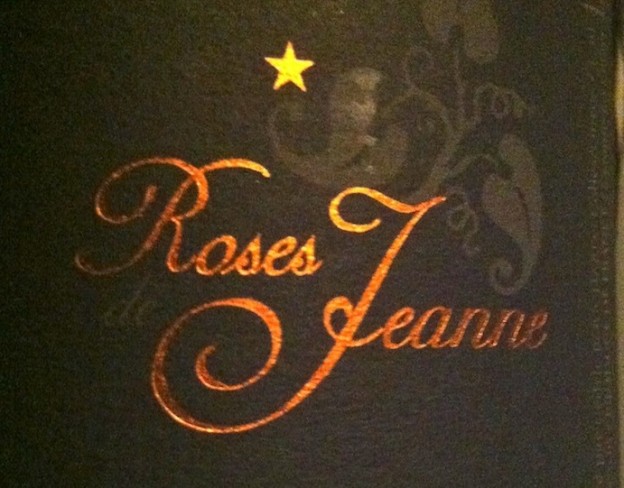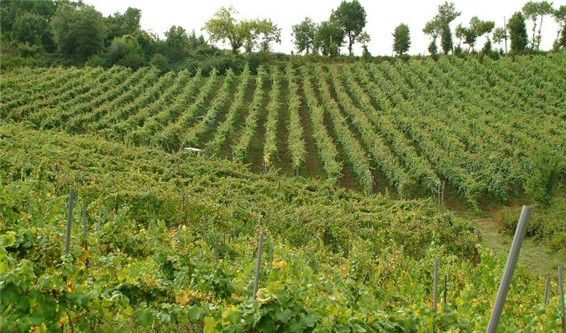Burgundy is expensive – that is a fact. Prices so far for the 2015 Burgundy vintage look very strong indeed and the 2016 Burgundy vintage is a tiny one – this can only put more pressure on pricing. Where this really hurts is at village level: decent village Vosne or Gevrey can set you back £500 a case these days; premier cru wines even more.
This leaves the Pinot lover with a problem: what do you buy for decent drinking? We have an answer.
New Zealand Pinot Noir can be one of the easiest wines to pick out in a blind tasting. Why? Because so much of it simply tastes the same. It’s like there’s a formula, and a desire, to replicate the same flavour profiles again and again. And they can be a bit boring. The wines of Rippon Vineyards are a little different: these are wines with an inimitable character all of their own, and a very classy one at that. This isn’t lookalike red Burgundy, but the wines share a silkiness, a structure (and an alcohol level). These are wines for those that love the seductive elegance that only Pinot can achieve.
In style the wines are fresh, silky, and elegant with real energy, a distinct tannic structure and saline, mineral notes that set them apart from the rest of the field. The vines are grown (biodynamically) on schist-based soils. The mature vine Pinot Noir is the estate’s signature wine, and there are two single vineyard wines – “Emma’s Block” and “Tinkers Field” – with two quite distinct characters. “Emma’s Block” faces east, on clay-schist soils, and is the more feminine, floral wine. “Tinkers Field” comes from the estate’s oldest vines, planted on a north facing schist slope (n.b. southern hemisphere) and this is the more powerful and structured of the two – you could say Chambolle-Musigny vs Vosne-Romanee, but it is important to impress that these wines are very much products of their own quite unique terroir.
We can currently offer the following wines; please do contact us for more information.
2012 Rippon Vineyards Mature Vine Pinot Noir
GBP 325 per case (12×75) in bond
“Medium ruby-purple in color, the 2012 Pinot Noir has a very earthy nose over notions of blackcurrants, blackberries and red plums with accents of anise and pepper. Intensely flavored in the medium bodied mouth with tight-knit concentration and sturdy tannins, it finishes long and earthy. 92+” Wine Advocate
2012 Rippon Vineyards Emma’s Block Mature Vine Pinot Noir
GBP 455 per case (12×75) in bond
“Medium ruby-purple colored, the 2012 Emma’s Block Pinot Noir has lovely red cherry, crushed raspberry and red currant notes with underlying hints of rose hip tea and lilacs. Medium bodied, elegant and with great finesse on the palate, it offers lovely silly tannins supporting the fruit through the long finish. 94+.” The Wine Advocate
2012 Rippon Vineyards Tinkers Field Mature Vine Pinot Noir
GBP 530 per case (12×75) in bond
“Medium to deep ruby-purple colored, the 2012 Tinker’s Field Pinot Noir is bit closed at this youthful stage offering glimpses at the blackberry and black cherry aromas with touches of fertile loam and dried herbs. Medium bodied, the concentrated flavors are taut and muscular at this youthful stage with lots of background layers and a firm foundation of grainy tannins, finishing with great length. 94+.” The Wine Advocate
Please do get in touch if you would like to learn more about these lovely wines.

